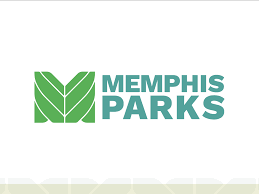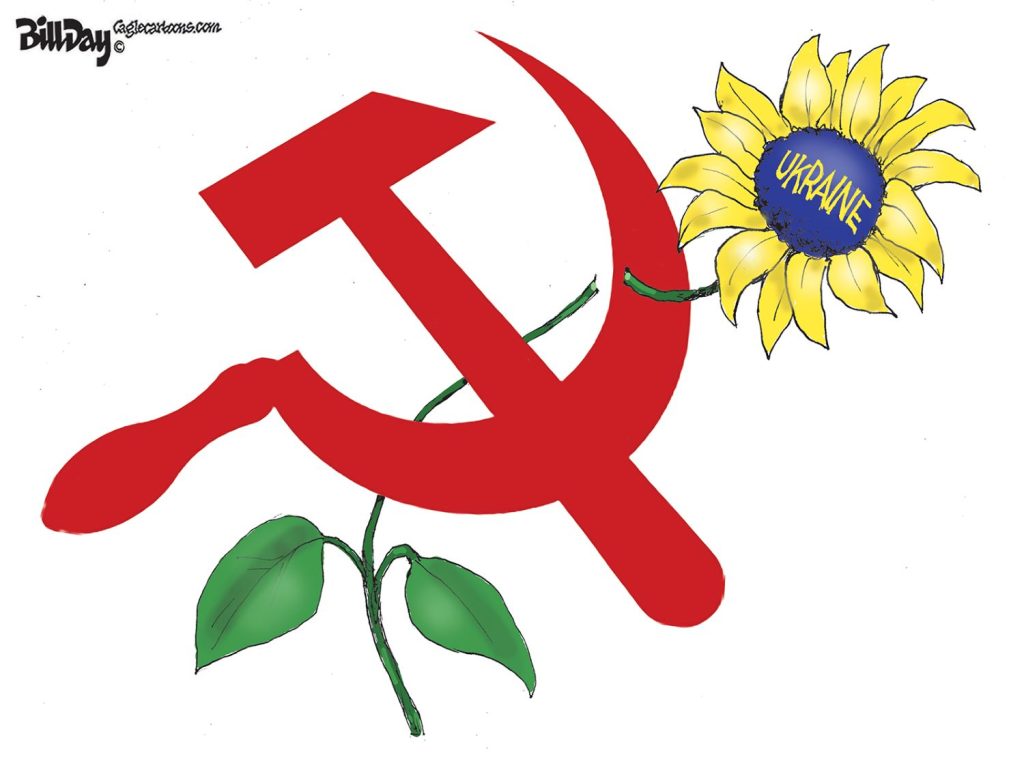The Daily Memphian headline got it wrong. It said Memphis parks are in the top 1% of city parks systems in the U.S.
That wasn’t accurate. It’s actually #70 with serious access issues for low-income and people of color neighborhoods.
Here’s what the newspaper misunderstood: the City of Memphis Division of Park Services received accreditation from the Commission for Accreditation of Park and Recreation Agencies (CAPRA) and the National Recreation and Park Association (NRPA). In truth, accreditation is more about checking the box on parks operations and general factors than drilling down to the quality and effectiveness of the parks system itself.
Accreditations are what several departments of City of Memphis apply for, such as finance and budgeting. It receives accreditation but it’s not the same as an endorsement of the city government finances or budgeting.
Need for Access Improvement
The more respected source of park quality is recorded in Trust for Public Land’s ParkScore which ranks Memphis #70 among the 100 largest cities in the U.S.
That’s nine places higher than last year but still indicates a park system that is deficient in key indicators, notably in poor access for Memphians living in low-income neighborhoods and people of color neighborhoods.
In other words, there is much progress that needs to be made if Memphis is to even get to the middle of the rankings. At least the trajectory is going in the right direction. Two years ago, Memphis had a dismal ranking at #93, so Memphis would need that sort of movement again to just get to the middle of the rankings.
Here are the rankings over time:
#79 – 2023
#93 – 2022
#95 – 2021
#87 – 2019
#85 – 2016
Perhaps, the improvement is the result of $75 million in the $200 million Accelerate Memphis program that was earmarked for park and community center improvements. Perhaps it’s updated data like the new parks on the riverfront, but whatever it is, without another burst of parks funding, the challenge is for the parks division to continue to make progress without an infusion of new cash.
After all, city government has a history of flat operating funding for parks and a history of failing to fund the deferred maintenance and replacement costs that allowed the quality of parks, playground equipment, and community centers to decline.
How Memphis Parks Measure Up
ParkScore is based on 14 measures with 100 being the highest rating. Memphis received 45.1 based on acreage, access, investment, amenities, and equity.
Number of points in each category:
- 58 points – acreage; Memphis is below average on the percentage of the city’s area that is dedicated to parkland (24 out of 100 points) and among the highest on park size (92 out of 100 points).
- 28 points – access, which indicates the percentage of city residents that live within a walkable half-mile of a park. This is Memphis’s lowest score.
- 60 points – investment, which relates to relative financial health; in Memphis, a total of $163 per capita is spent on parks and recreation, about average for this category.
- 36 points – amenities, which indicate popular park activities like basketball hoops (27 out of 100 points), dog parks (28 out of 100 points), playgrounds (18 out of 100 points), senior and rec centers (69 out of 100 points), permanent restrooms (24 out of 100 points), and splashpads (51 out of 100 points).
- 44 points – equity, which indicates the fairness in the distribution of parks and park space between neighborhoods by race and income.
Reasons for Concern
The key measurement is the percentage of a city’s population that is within a 10-minute walk of a park. The median score for the 100 largest cities was 74%, but in Memphis, it is 46%.
The concerning aspect of Memphis parks is that they score below average in people of color living within a 10-minute walk of a park and for low-income neighborhoods. The park system scored a low 28 out 100 points in the first category and 31 points for the second.
In fact, residents living in neighborhoods of color have access to 15% less nearby park space than those living in white neighborhoods. Meantime, residents living in low-income neighborhoods have access to 14% less nearby park space than those in higher-income neighborhoods.
Put another way, only 49% of low-income households and only 46% of people of color live within a 10-minute walk of a park.
How Memphis Parks Compare
When the percentage of the overall population within a 10-minute walk of a park, Memphis, Memphis scores roughly the same of the major suburban cities and much higher than the smaller ones:
53% – Bartlett
49% – Collierville
46% – Memphis
42% – Germantown
37% – Millington
23% – Arlington
22% – Lakeland
As comparison, here’s how Memphis ranks compared to peer cities:
#8 – Cincinnati
#20 – Kansas City
#21 – Milwaukee
#22 – Richmond
#25 – Atlanta
#28 – St. Louis
#31 – Cleveland
#35 – New Orleans
#43 – Baltimore
#56 – Raleigh
#60 – Tulsa
#69 – Jacksonville
#70 – MEMPHIS
#78 – Nashville
#87 – Charlotte
#94 – Oklahoma City
**
Join me at the Smart City Memphis Facebook page and on Instagram where these blog posts are published along with occasional articles, reports, and commentaries that are relevant to Memphis.





Fair shooting. I bet the size of Memphis, over 300 square miles, is a factor. and shelby farms is distant. but zoo, which is due for big overhaul, is accessible. my perspective is through sports of tennis and golf. i think Memphis would score highly that way. Memphis, I once researched, has more indoor tennis courts than chicago. go figure. — john branston
The 300+ miles of land area in Memphis is a factor for sure. That said, the 4500 acres at Shelby Farms props up the points that Memphis gets for acreage. As part of annexation, Memphis was obligated to build parks but apparently making them walkable was not a prime factor.